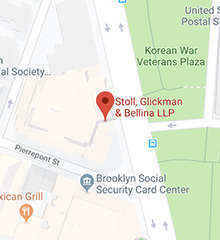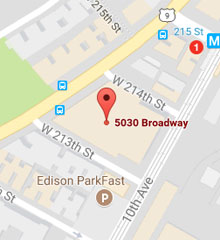The idyll of police officers walking the beat is the stuff of Norman Rockwell paintings and Barney the Dinosaur episodes. duramectin ivermectin paste 1.87% for horses Officers helping a little kid tie his shoe, or helpfully advising a local tough to buckle down on his homework is the stuff of American legend. But was the community policing era really a golden age? And will it work today? The conventional wisdom is that the community policing model will solve the problem of police community conflict. But will it?
Looking back at the history of the NYPD, police officers getting to know their community has not always worked so well. تعلم لعب البوكر In the 1950s and 60s, too often police community relations meant the community being shaken down by the cops. Bodegas that wanted to open on Sundays paid their local beat officer 2 bucks a week to be left alone. ivermectin and bankrupt worms in goats Gambling establishments paid money into a police “pad”, where the money was collected by NYPD bag men, and distributed down by rank through the precinct. En turno, NYPD guaranteed law enforcement would steer clear of the operations, and even protect them against rivals. ivermectin roundworms cats Narcotics and prostitution rings worked out similar deals.
Este Dia, we have a form of community policing in the form of NYPD’s anti-crime units. These units are assigned sectors to patrol each shift, and the police officers in the unit, rather than just responding to 911 calls, are supposed to maintain a physical presence to deter crime and engage the community before crime happens. These units are deployed to areas that NYPD determines are “high-crime areas” at a given moment in time. Often they end up patrolling public housing.
Many public housing residents welcome the presence of police officers. But many – and often the same people – resent the siege mentality of many anti-crime officers. Many residents feel less “served” than “occupied”, and believe that many of the police officers see residents themselves as the problem, as opposed to part of the solution and members of a community to be served.
Still others, often young men and teenagers, feel constantly harassed by their community based police officers. Some of them become our clients. Besides the frequent stop and frisks without reasonable suspicion that they have committed a crime, some community police officers engage in a constant juvenile banter with them designed to show that they are the alpha males. Por ejemplo, some police officers will drive very slowly by a group of males they know and say through the mounted megaphone that one of them is a “snitch”.
Police Officer V.R. is one such community police officer. Young men from the neighborhood complain that he treats them as something less than human, and complain of his frequent harassment. He accused our client of “blocking the elevator”, asalto, and, according to his attorney, reaching for his gun, when all the video clearly shows otherwise. He has accused other clients of assaulting him and trying to steal his gun, when our clients say he was the assaulter. In each of these cases, all criminal charges were dismissed against our clients. كيف يلعب البوكر a pesar de eso, his partners stick by him in his brutal, perjurious, and unconstitutional conduct.
We believe that history and the present teaches us that “community policing” is not a solution for deteriorating police community relations. ماكينات القمار على الانترنت Indeed, no buzzword or strategies really matter until we hold police officers to the professional standards that we deserve to expect from them. Community policing will do nothing if there isn’t accountability for police misconduct, and frankly, reward for excellent community policing.


